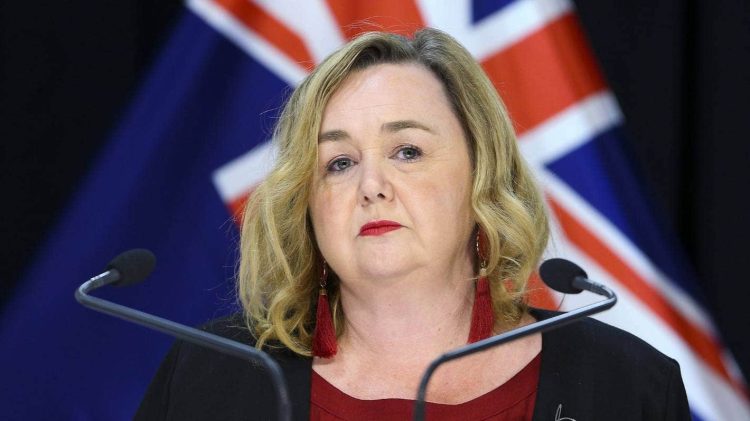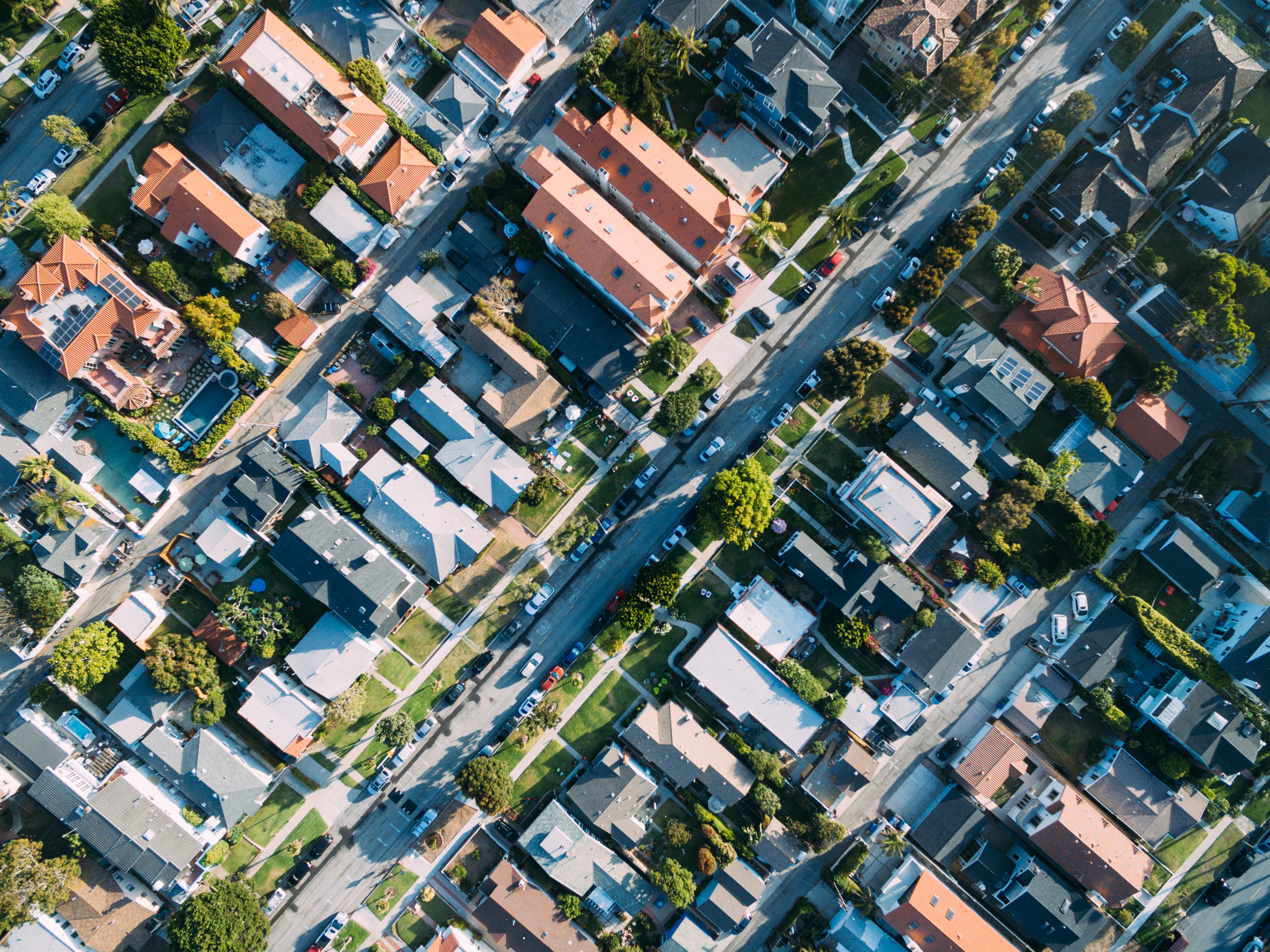根据政府发布的新规定,物业经理很快将需要进行注册、培训和许可。
就有关甲基苯丙胺残留水平的新规定,以及如果确定房产不安全,是否可以终止租约,将征求公众的意见。
住房部长梅根·伍兹周二宣布了新规。
伍兹说:“新西兰有近60万户家庭租房,新措施有对住宅物业经理进行监管,基于科学的甲基苯丙胺残留测试规则,以及对房东遵守合规截止日期的暂缓。”
“政府的目标是确保每个新西兰人都有一个温暖、干燥和安全的家园,无论他们是自有还是租房。这些举措建立在我们已在租赁领域所做的重要工作基础上,这些工作最终会有助于改善新西兰租房者的生活和成果。”
房东将有一年的时间让租金达到 “健康住宅” 标准(2019年发布的一系列法规,规定了供暖、隔热和防潮的最低标准)。这包括社区住房提供者,例如政府拥有的Kainga Ora。
伍兹还表示,有关物业经理的投诉将通过新的中央系统监督。
她说:“这意味着,与房地产经纪人、建筑商和律师等许多其他职业一样,他们将有经营和胜任标准需要遵守,如果不遵守,则可以追究他们的责任。”
关于新的甲基苯丙胺测试规则,伍兹说,将就甲基苯丙胺残留的可接受程度征求公众的意见。
她说:“目前使用了两个级别,这两个级别都不具有法律约束力,这给房东和租户带来了不确定性。”
“我们对房东有明确的义务要求,建议以科学为依据地筛查、测试和净化。
“务实是有道理的,因为大多数房东确实在努力履行自己的义务,但由于一些无法控制的问题,他们也可能违反这些义务。”



















































-360x245.jpg)









